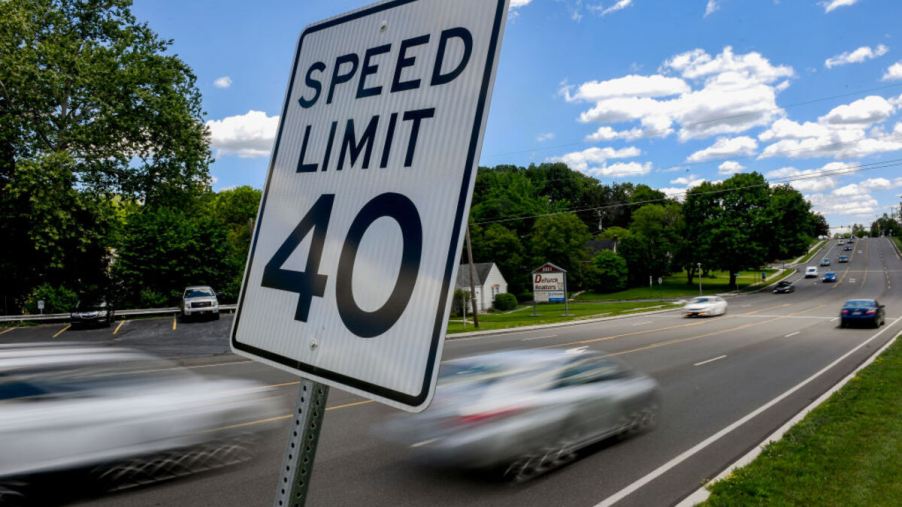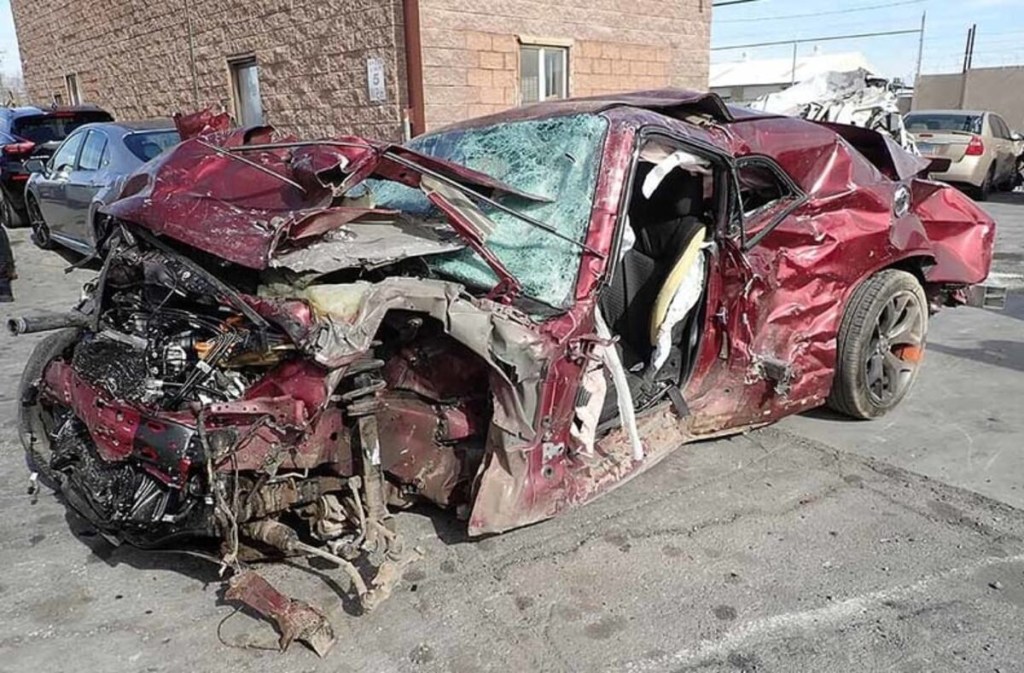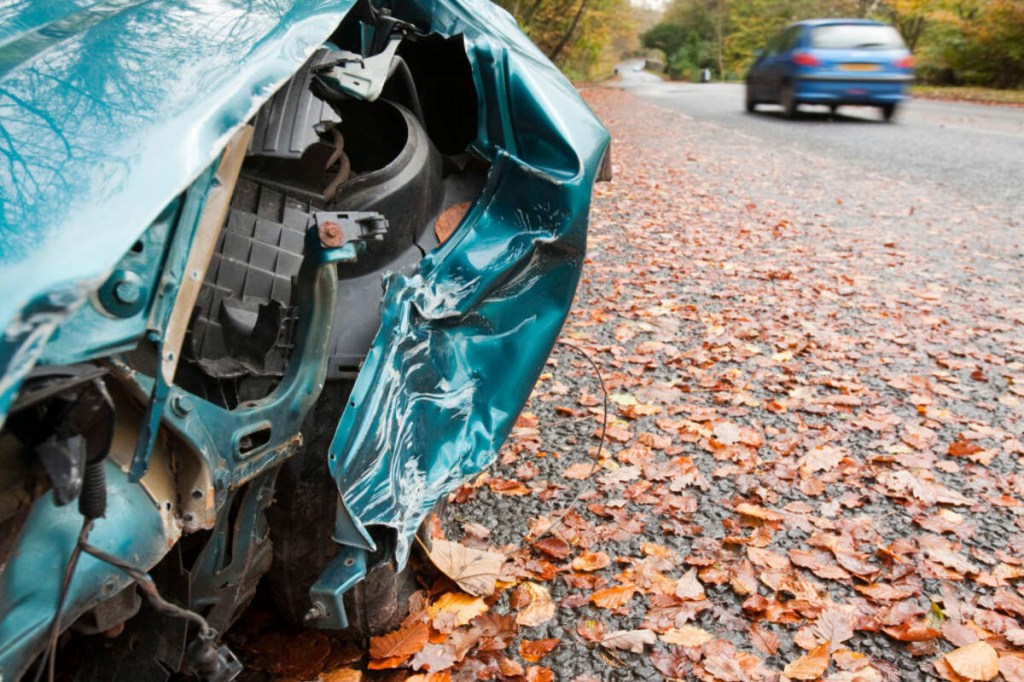
Fed’s Anti-Speeding Tech Is Coming for All New Cars and Trucks
A 100+ mph crash in Las Vegas last year with nine fatalities is having reverberations across the country. That’s because the driver who lost control was speeding and had two different drugs in his system. He also had several speeding tickets. With that, the National Transportation Safety Board (NTSB) began an investigation. Now, it wants to see automakers install anti-speeding technology to decrease the number of these accidents.
At a public board meeting yesterday, the NTSB recommended the technology. It faults the high speeds, drugs, and the State of Nevada for not enforcing penalties for the numerous speeding citations the driver had. “We know the key to saving lives is redundancy, which can protect all of us from human error that occurs on our roads,” NTSB Chair Jennifer Homendy said. “What we lack is the collective will to act on NTSB safety recommendations.”
How would the anti-speeding technology work?

The investigation found that the driver had both cocaine and phencyclidine, or PCP, in his system, impairing his driving. “This crash is the latest in a long line of tragedies we’ve investigated where speeding and impairment led to catastrophe, but it doesn’t have to be this way,” Homendy said.
The crash took place in January 2022. The 2018 Dodge Challenger went into an intersection at 103 mph on a red light, hitting a Toyota Sienna minivan with five passengers. Everyone in both the Challenger and the minivan died from their injuries.
NTSB wants companies to implement anti-speed technology

The NTSB is recommending that 17 auto manufacturers install the anti-speeding technology. It asks that, at the bare minimum, it warns drivers of excessive speeds. This technology piggybacks off of existing GPS and posted speed limit data. It would also utilize onboard camera systems to aid in determining excessive speeds.
Europe has had different speed limiters for several years, but the U.S. has not seen fit to adapt. The warnings inside of the vehicle can take the form of visual, sound, and haptic or touch alerts. Taking it a step further, there can also be governors or speed limiters and technology that makes it harder to increase speeds.
Does the public have a say in this?

The National Highway Traffic Safety Administration (NHTSA), in tandem with the NTSB, is seeking the driving public’s opinion of these types of technologies. It expects to issue a decision on how such a mandate would move forward before the end of this year.
Another effort worth noting is an Insurance Institute for Highway Safety (IIHS) study. According to Automotive News, it’s looking at how auto marketing, including speeding or other dangerous activity, acts on drivers. So, going into 2024, we’ll see more emphasis by safety agencies to get more aggressive about speed.



